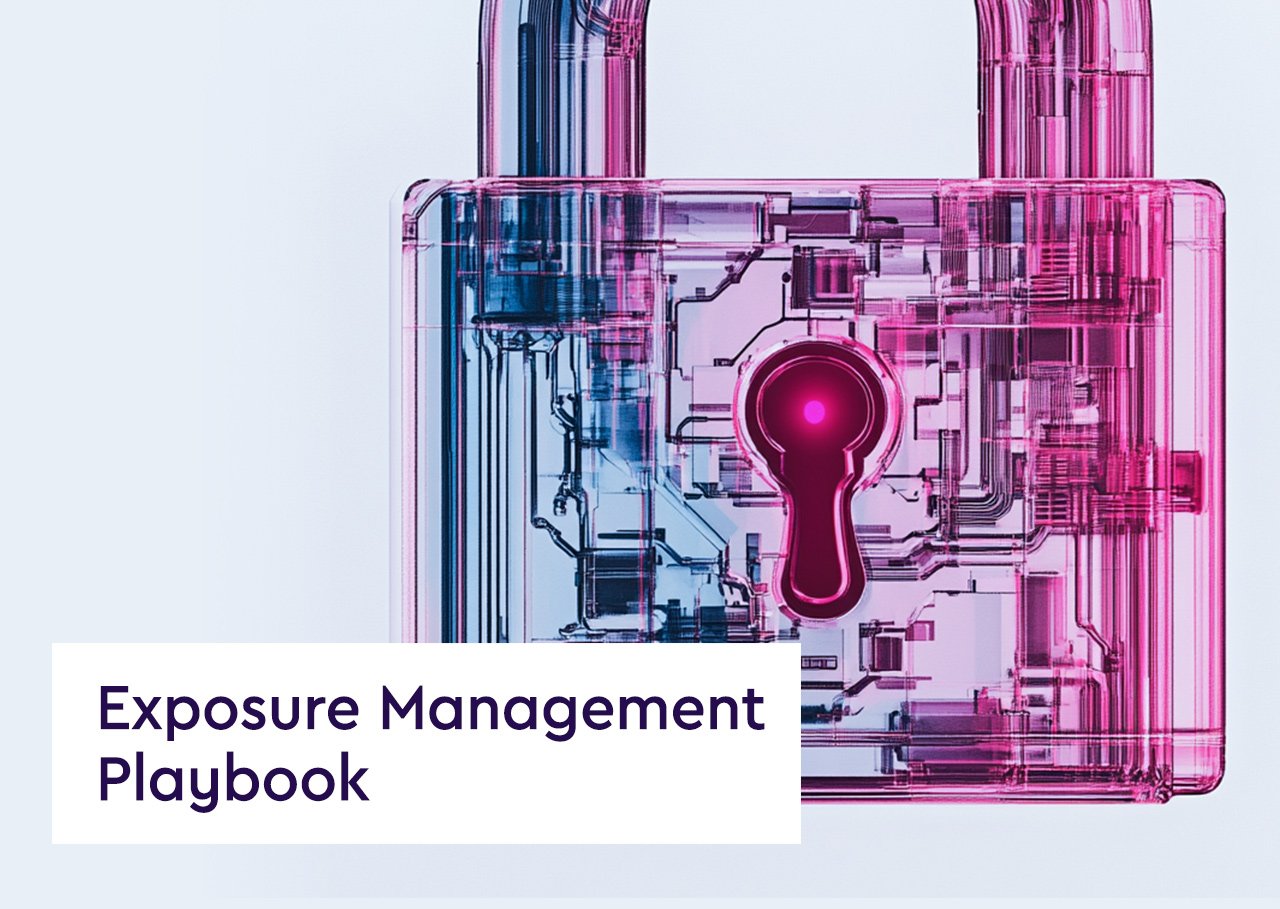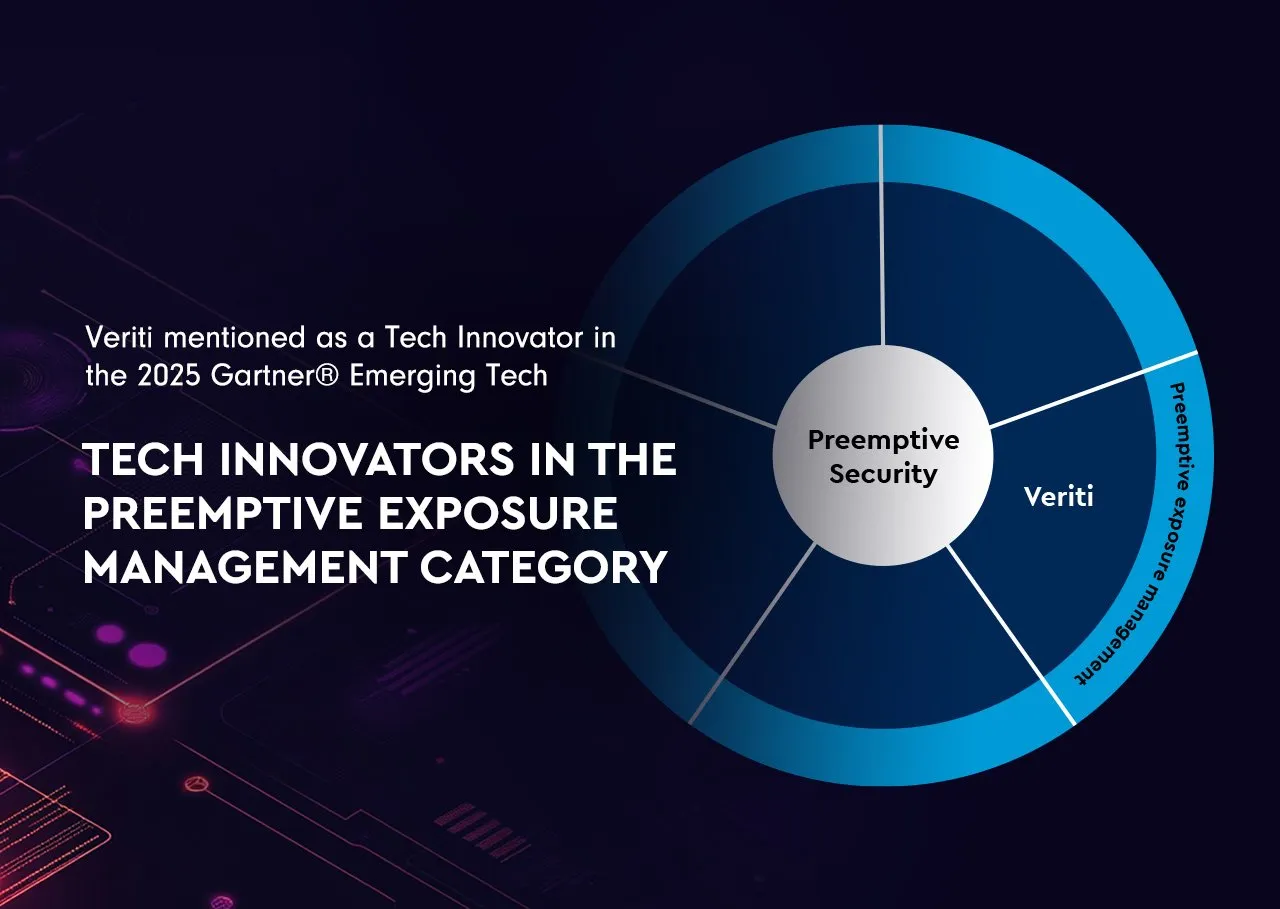Definition: Risk Posture, in the context of cybersecurity and business operations, refers to an organization’s overall cybersecurity strength and resilience. It encompasses the ability to identify, manage, and mitigate risks to its information and information systems. Risk posture is a reflection of the effectiveness of an organization’s security strategies and measures in place to protect against threats and vulnerabilities.
Key Aspects of Risk Posture:
- Security Measures: The policies, procedures, technologies, and controls implemented to safeguard against cyber threats.
- Risk Assessment and Management: The process of identifying, analyzing, and responding to risk factors.
- Incident Response and Recovery: The ability to detect, respond to, and recover from security incidents.
- Compliance with Standards and Regulations: Adherence to relevant cybersecurity laws, regulations, and best practices.
Importance of Strong Risk Posture:
- Enhanced Security: A strong risk posture minimizes the likelihood and impact of security breaches.
- Business Continuity: It contributes to the stability and reliability of business operations.
- Reputation and Trust: Maintaining a strong risk posture helps preserve customer and stakeholder confidence.
- Regulatory Compliance: Ensures compliance with legal and regulatory requirements, avoiding potential fines and legal issues.
Challenges in Achieving Strong Risk Posture:
- Evolving Cyber Threats: Keeping up with the constantly changing nature of cyber threats.
- Resource Constraints: Allocating sufficient resources, including budget and skilled personnel, for effective risk management.
- Complex IT Environments: Managing risk in diverse and complex IT environments, such as those including cloud services and IoT devices.
Strategies to Enhance Risk Posture:
- Continuous Risk Assessment: Regularly evaluating and updating risk management strategies to address new and evolving risks.
- Employee Training and Awareness: Educating staff about cybersecurity risks and safe practices.
- Investment in Advanced Security Technologies: Implementing state-of-the-art security solutions to strengthen defenses.
- Collaboration and Information Sharing: Engaging with industry peers and participating in threat intelligence sharing.
An organization’s risk posture is a critical indicator of its cybersecurity health and operational resilience. A strong risk posture is achieved through comprehensive risk management strategies, continuous evaluation, and adaptation to the dynamic cybersecurity landscape. While it presents challenges, maintaining a strong risk posture is essential for protecting organizational assets and sustaining business operations.




